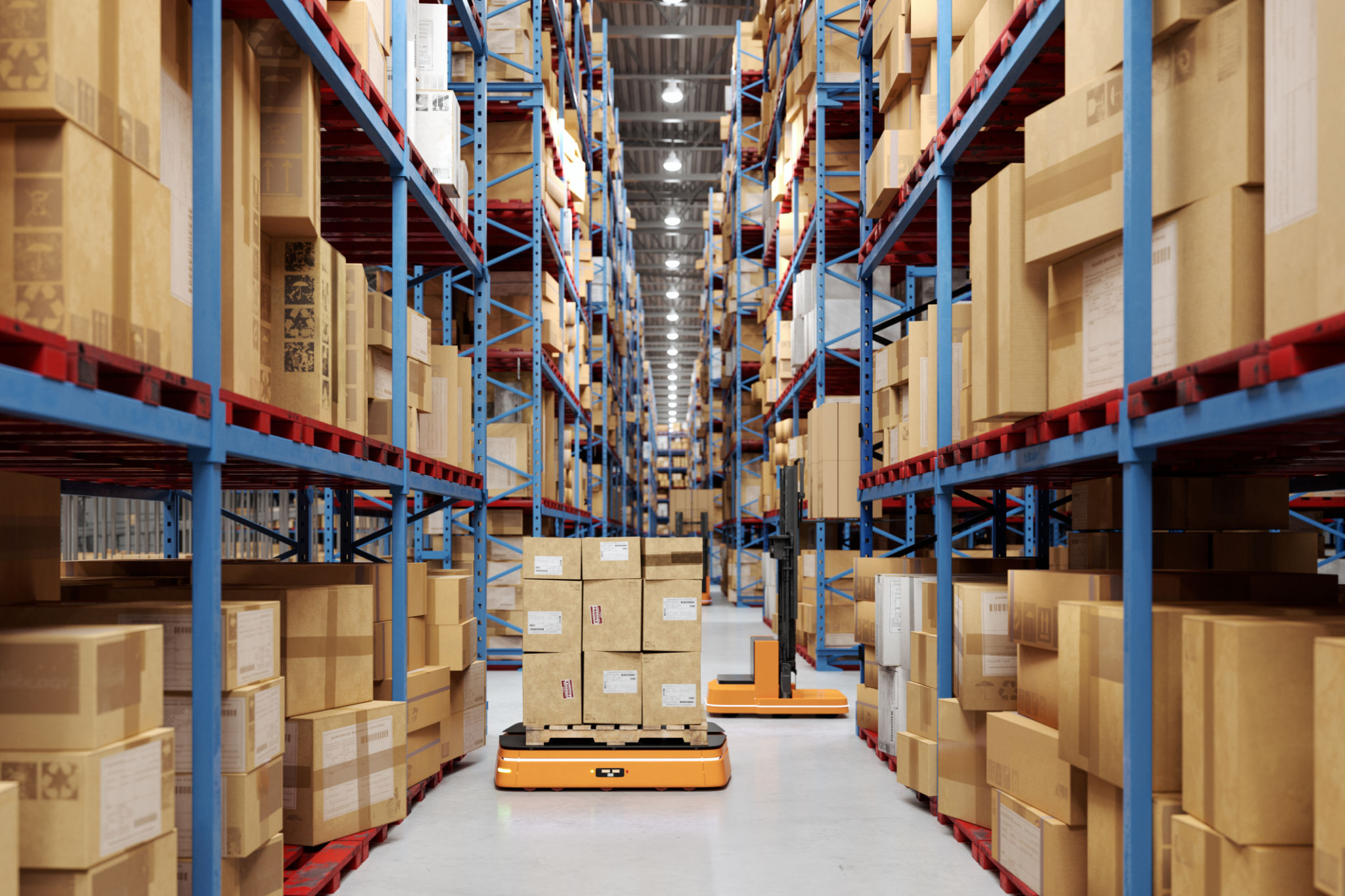Benefits of Using Robotics in Manufacturing: A Deep Dive into AI Integration
The Evolution of Robotics in Manufacturing
The integration of robotics into manufacturing processes has revolutionized the industry, offering unprecedented levels of efficiency and precision. From the assembly line to quality control, robots are taking on tasks that were once labor-intensive and prone to human error. The incorporation of Artificial Intelligence (AI) further enhances these capabilities, making manufacturing processes smarter and more adaptable to changing demands.
Robots equipped with AI can learn from their environment, adapt to new tasks, and optimize their operations in real-time. This evolution not only increases productivity but also allows for more complex production techniques that were previously unattainable.

Increased Efficiency and Productivity
One of the most significant benefits of using robotics in manufacturing is the dramatic increase in efficiency. Robots can operate around the clock without fatigue, drastically reducing downtime and maximizing output. This is particularly beneficial in industries with high-demand cycles, where meeting production deadlines is crucial.
Moreover, AI-powered robots can process data swiftly, make autonomous decisions, and optimize workflows, further boosting productivity. With these advancements, manufacturers can achieve higher output levels without compromising on quality. This is especially important in maintaining a competitive edge in global markets.
Enhanced Quality and Precision
Robotics in manufacturing also ensures a higher standard of quality and precision. Robots are capable of performing tasks with micron-level accuracy, minimizing errors and reducing waste. This level of precision is essential in industries such as electronics and automotive manufacturing, where even the slightest defect can lead to significant issues.
AI integration allows robots to continuously monitor and adjust their actions based on real-time data feedback. This adaptability not only enhances the quality of the final product but also reduces the likelihood of defects slipping through the cracks.

Improved Workplace Safety
Robots take on tasks that are dangerous or repetitive for human workers, significantly improving workplace safety. By handling hazardous materials or operating in extreme conditions, robots reduce the risk of accidents and injuries among the workforce. This shift not only protects employees but also decreases the financial liabilities associated with workplace accidents.
Furthermore, with AI-powered sensors and monitoring systems, robots can detect potential safety hazards and react accordingly, preventing incidents before they occur. This proactive approach to safety ensures a more secure working environment for everyone involved.
Cost Savings and Return on Investment
While the initial investment in robotics might seem substantial, the long-term cost savings are significant. By reducing labor costs, minimizing waste, and enhancing productivity, companies quickly recoup their investment. Additionally, the durability and reliability of modern robots mean fewer maintenance expenses over time.

The integration of AI further amplifies these savings by optimizing energy use and streamlining processes. Businesses that adopt these technologies often see a substantial return on investment, allowing them to reinvest in innovation and growth.
Flexibility and Scalability
Robots provide manufacturers with unparalleled flexibility and scalability. Unlike human workers, robots can be reprogrammed to perform a wide variety of tasks, making them ideal for rapidly changing production needs. This adaptability is crucial for businesses that need to respond quickly to market trends and consumer demands.
With AI integration, robots can also predict and adapt to production changes, ensuring seamless scalability. Whether it's ramping up production for a new product launch or scaling down during off-peak periods, robots offer the versatility required to meet diverse manufacturing needs.
The Future of Robotics in Manufacturing
As AI technology continues to advance, the role of robotics in manufacturing will only expand. Future developments promise even greater efficiencies, smarter automation solutions, and more innovative ways to integrate robotics into complex manufacturing environments. The ongoing evolution of these technologies will shape the future of manufacturing, driving further advancements in quality, speed, and cost-effectiveness.

The integration of robotics and AI in manufacturing is not just a trend; it's a transformative force that's reshaping how industries operate. By embracing these technologies, manufacturers position themselves at the forefront of innovation, ready to tackle the challenges of tomorrow's industrial landscape.
